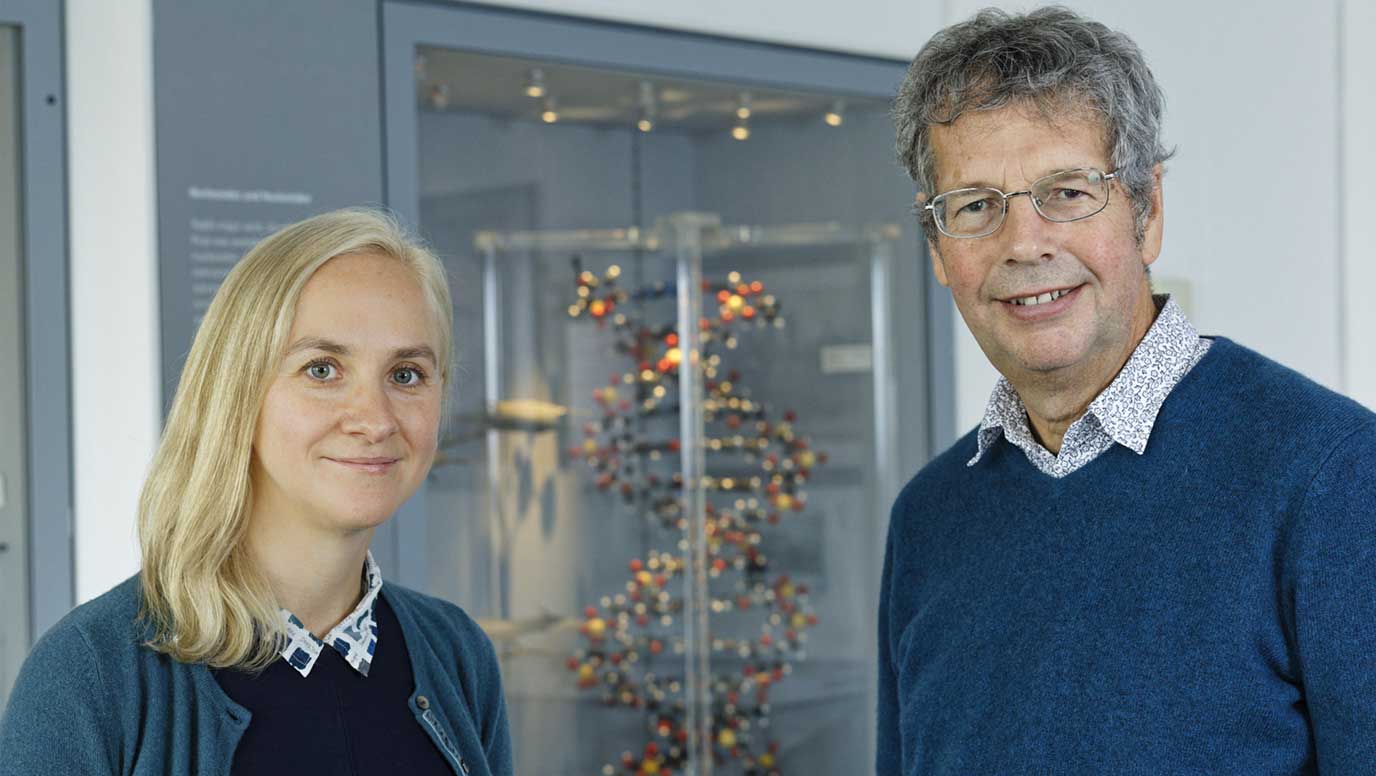Cambridge company leads the world in DNA computing

Such computers use DNA as the medium for computation instead of the traditional silicon. With the end of Moore’s law, DNA Ascendancy is on a mission to radically advance computational power while dramatically reducing energy consumption.
DNA Ascendancy’s origins trace back eight years to Professor Ross King’s research at Manchester University. Now a professor of biotechnology at the University of Cambridge, Ross shifted his focus from AI-driven scientific automation to creating the first ever molecular Universal Turing machine – also the first Nondeterministic Universal Turing Machine (NUTM).
The “beautiful and amazing feature” of NUTM computers, the founders say, is that they can literally replicate themselves at will to solve problems by searching all paths in parallel.
The team of DNA Ascendancy comprises Professor King; Dr Irina Gostimskaya, an authority on reading, writing, and editing DNA; Dr Konstantin Korovin, specialising in SAT-solving technology; Professor Bengt Nordén, a DNA expert and former Chair of the Nobel Prize Committee for Chemistry; and entrepreneur Johan Borendal.
A DNA computer, through trading space for time, enables a desktop machine to outperform the world’s current fastest supercomputer, while consuming a tiny fraction of the energy.
This is possible because in such a computer each DNA strand is an independent processor. Use of DNA in this way enables far greater density of memory and processing capacity: unlike silicon, DNA can be accessed in three dimensions.
DNA Ascendancy's patented desktop DNA computer will have a projected peak speed of >1020 operations per second, a memory of >1.25x1023 bytes, and will use ~3kW of power. This represents a speed increase of two orders of magnitude, a memory capacity four orders higher, and energy usage four orders lower than Frontier, the fastest current supercomputer in the US.
The concept of DNA computing originated in the 1990s with Leonard Adleman, a Turing Award-winning computer scientist known for his role in creating RSA encryption.
Regrettably, early interest waned due to scalability issues and the limiting state of biotechnology of the time. Unlike the designs of the 1990s, DNA Ascendancy’s new concept is scalable and enables larger problems to be solved compared to electronic computers.
DNA computing builds on recent breakthroughs in biotech. To mention a few advances, the speed of DNA synthesis is getting exponentially faster while DNA sequencing rates have increased super-exponentially.
In addition, there have been significant advances in DNA manipulation, most notably through CRISPR/Cas9 cutting and editing (this discovery won the 2020 Nobel prize).
DNA Ascendancy has a clear lead in DNA computing with the closest field to DNA computing being DNA storage. Several major companies are known to be interested in DNA storage – among them Microsoft, Samsung, Western Digital, Seagate, Dell, IBM and Lenovo. The use of DNA to store data overlooks the most interesting feature of DNA: its ability to copy state.
DNA Ascendancy’s DNA computing model also offers distinct advantages over quantum computing. While quantum computers are limited to speeding up specific problem types (BQP class), DNA Ascendancy’s DNA computer tackles NP-complete problems – a much broader and impactful class. Furthermore, the noise in DNA computing is classical as opposed to the poorly understood noise found in quantum systems, making it simpler to manage.
DNA Ascendancy has already demonstrated the huge potential of its technology through laboratory experiments and computer simulations. In simulation for the main application domain, NP-complete problems, industry level performance can be achieved with 108 strands of DNA while the DNA Ascendancy’s design will have 1016 strands of DNA.
There are many important potential applications of DNA computing:-
- Cryptanalysis: this market drove quantum computing while attracting the attention of nation states and large corporations.
- Hardware verification: in a recent transaction, the chip design software maker Synopsis paid $35 billion for the simulation giant Ansys.
- Software verification: the software market was valued at ~$660bn in 2023. If only one per cent is spent on safety critical verification that amounts to $6.6bn.
DNA Ascendancy plans to demonstrate the power of DNA computing in advanced mathematics, an area where humans still outcompete computers. Specific interest will be paid to an area of mathematics known as Ramsey numbers (named after a Cambridge mathematician who tragically died at the age of 27 in 1930).
The difficulty of their calculating was famously described in a humorous sketch by the famous mathematician Paul Erdös: “Suppose aliens invade the earth and threaten to obliterate it in a year's time unless human beings can find the Ramsey number for red five and blue five. We could marshal the world's best minds and fastest computers and within a year we could probably calculate the value; but if the aliens demanded the Ramsey number for red six and blue six we would have no choice but to launch a pre-emptive attack.”
DNA Ascendancy’s vision is to build a new class of computing systems that are faster and greener than the existing ones. By harnessing the power of DNA-based data storage and biomolecular computing, DNA Ascendancy aims to overcome the constraints of traditional silicon-based technologies, ultimately revolutionising the landscape of technology and setting a foundation for the next era of high-performance computing solutions.
• For more, visit dnaascendancy.com

